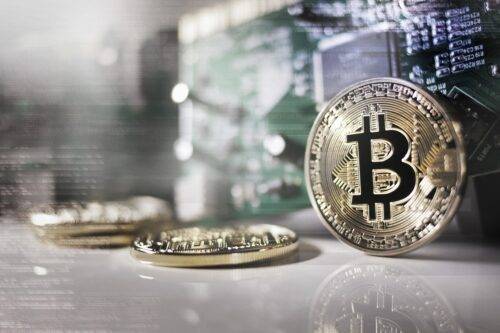
The current inflation rate is around 1.8%, around the same as for gold, and will drop to 0.9% in late April. This means that without a change in demand, the halving should only trigger a 0.9% price increase over the first year after the halving, relative to what would be the case without the halving.
Without a change in demand, the market cap should stay fixed. With 1.8% yearly inflation in the stock of bitcoin, the price must drop 1.8% for the market cap to stay the same. With 0.9% inflation, the drop would only need to be 0.9%.
The demand for bitcoin is of course nothing but fixed, but ironically, the analysis above proves an important point: While the halving is a supply-event, all of its impact on price must come from the demand side, as the pure supply-effect is a near non-event.
Hodlers are fully invested
In other words, it looks like the supply side effect is irrelevant. But that is not 100% true. The reason is that a lot of bitcoin hodlers are fully invested. They will keep holding if the price goes up, but they do not have more USD to buy BTC for. The price is therefore to some degree determined by the balance between the marginal buyer and the marginal seller, as the total portfolio demand is endogenous and, to some degree, determined by price.
To make a simplified illustration of the point: Imagine that all existing coins are held by strong hands not selling. Miners have to sell to cover costs, but no one has to buy. A halving in the supply of new bitcoin would, for a given rate of inflow of new USD to bitcoin, lead to a doubling of price. Once the price has doubled, half the number of coins will be enough to absorb the incoming USD.
- SEO ដែលដំណើរការដោយមាតិកា និងការចែកចាយ PR ។ ទទួលបានការពង្រីកថ្ងៃនេះ។
- PlatoData.Network Vertical Generative Ai. ផ្តល់អំណាចដល់ខ្លួនអ្នក។ ចូលប្រើទីនេះ។
- PlatoAiStream Web3 Intelligence ។ ចំណេះដឹងត្រូវបានពង្រីក។ ចូលប្រើទីនេះ។
- ផ្លាតូអេសជី។ កាបូន CleanTech, ថាមពល, បរិស្ថាន, ពន្លឺព្រះអាទិត្យ ការគ្រប់គ្រងកាកសំណល់។ ចូលប្រើទីនេះ។
- ផ្លាតូសុខភាព។ ជីវបច្ចេកវិទ្យា និង ភាពវៃឆ្លាត សាកល្បងគ្លីនិក។ ចូលប្រើទីនេះ។
- ប្រភព: https://www.fintechnews.org/how-the-halving-will-impact-the-bitcoin-market/



